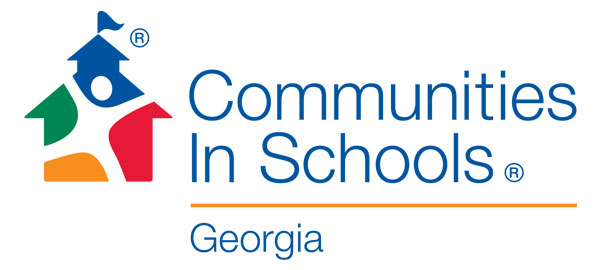Communities In Schools (CIS) is the nation’s largest and most effective dropout prevention organization. Communities In Schools of Georgia provides a network of 31 local affiliates with leading-edge training, access to best practices, partnership opportunities and board involvement, increased funding capacity and stakeholder engagement. In an effort to strengthen our position as the premier model of success for high school graduation and dropout prevention, we are partnering with stakeholders to pilot educational programs in select counties. The goal is to provide marketable skills to underserved youth so they can contribute to Georgia’s future economic growth. One of our collaborations is with Great Promise Partners (GPP).
CIS of Georgia and GPP pilot programs, which will roll out in the fall, are designed to increase graduation rates and promote workforce readiness and career success. One of the pilots is with Communities In Schools of Albany/Dougherty County. View the : Blackmart Apk Latest Version to learn which businesses in Albany are participating and hear what the Communities In Schools Performance Learning Center’s® Academic Coordinator (AKA principal) says about the program.
We know high school graduates contribute to the economy and society as a whole because they are more likely to work, vote and volunteer. Since a high school diploma is the first step in the contribution process, we are fortunate in Georgia to have business leaders who are concerned about improving graduation rates. Many are willing to provide opportunities to help at-risk youth served by CIS reach their potential through work-based learning opportunities, resulting in interest to continue training through post-secondary education. That’s why CIS of Georgia continues to foster business and community collaborations, which should yield a good ROI for local schools.
Working with disadvantaged students require more resources than just involving businesses to increase graduation rates. Students living in poverty bring academic and non-academic challenges to the classroom and it affects their ability to learn. These barriers create other opportunities for strong community partners because extra support is needed to help educators build the talent pipeline for the future. The non-academic challenges include such things as hunger, homelessness, inadequate clothing, school supplies and medical care. When we address non-academic challenges, youth are able to concentrate on learning and teachers can better focus on classroom instruction. In fact, research tell us young people thrive when they receive one-on-one attention and community support. Focusing on innovative partnerships that provide underserved youth marketable skills through dual enrollment and work-based learning, including employability skills development and internship opportunities is a solution to increase graduation rates. We believe instituting our pilot education programs will be successful and contribute to Georgia’s future economy as more at-risk students acquire marketable skills and contribute to the tax base.
We are thankful for business leaders who continue to step up, and we must continue to challenge ourselves by supporting educators as they prepare our youth to compete for jobs in the global economy. Georgia’s future economic growth is depending on all of us to get involved. We can start by providing more students with dual enrollment opportunities, information on high demand careers and requirements for these high-paying jobs, and helping them understand most jobs of the future will require some post-secondary credentials, but not necessarily a four-year college degree.

